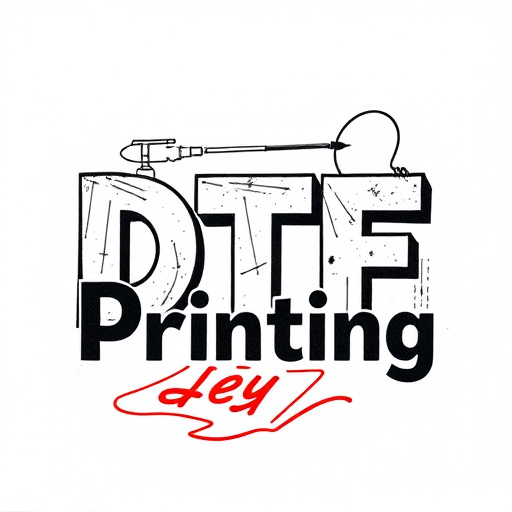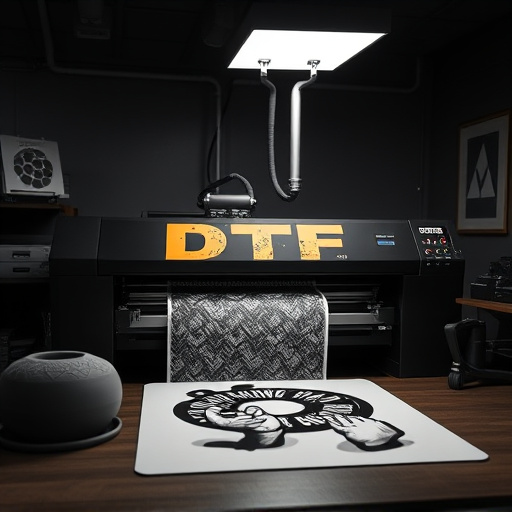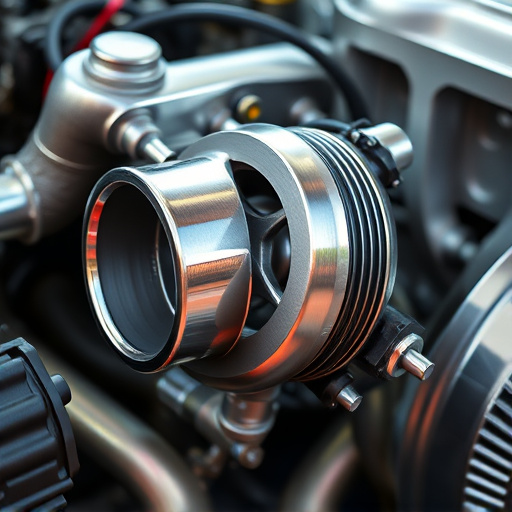Proper care and regular maintenance of a DTF Transfer Printer include cleaning print beds and nozzles, storing transfer films correctly, adhering to environmental guidelines, calibrating settings, using compatible materials, and replacing worn parts to ensure optimal print quality, alignment, lifespan, and customer satisfaction.
Maintaining your DTF transfer printer is essential for optimal performance and longevity. This guide breaks down the key components of proper care, focusing on understanding your printer’s unique needs, establishing a regular cleaning routine, and fine-tuning print settings for superior quality. By following these steps, you’ll ensure your DTF transfer printer remains a reliable tool for all your printing projects.
- Understanding Your DTF Printer's Needs
- Regular Cleaning and Maintenance Routine
- Optimizing Print Quality and Longevity
Understanding Your DTF Printer's Needs

Understanding your DTF (Direct to Film) Transfer Printer’s needs is a critical step in ensuring optimal performance and longevity. These printers are designed for specialized tasks, requiring specific care. The first consideration is environmental factors; maintaining a clean, dry, and well-ventilated space is essential. Dust, moisture, and extreme temperatures can negatively impact the printer’s functionality and the quality of your prints. Regular cleaning of the print bed and nozzles with recommended solutions prevents build-up and ensures consistent results.
Additionally, managing your DTF transfer film inventory is key. Proper storage, away from direct sunlight and heat sources, preserves the film’s integrity. Always use compatible heat press settings as per the manufacturer’s guidelines to avoid damaging the film or printer. Regular calibration checks and maintenance according to the manufacturer’s schedule will further contribute to the overall health of your DTF transfer printer, ensuring you achieve high-quality results with every print.
Regular Cleaning and Maintenance Routine

Regular cleaning and maintenance are essential for keeping your DTF Transfer Printer in top condition. Start by establishing a consistent routine that includes daily wiping down of the printer’s surface to remove any residual ink or debris. Weekly, deep clean the nozzles using specialized cleaning solutions recommended by the manufacturer to prevent clogging. This simple step goes a long way in ensuring smooth printing.
In addition to regular cleaning, periodic maintenance such as calibrating the printer and replacing worn-out parts is crucial. Calibration ensures precise color output and alignment, while replacing consumables like ink cartridges and transfer films extends the life of your DTF Transfer Printer. For clothing brands utilizing logos DFT for their printing needs, a robust maintenance routine translates to consistent, high-quality prints, enhancing customer satisfaction.
Optimizing Print Quality and Longevity

To optimize the print quality and longevity of your DTF Transfer Printer, regular maintenance is key. Start by ensuring that the printer is cleaned frequently to prevent build-up of residual inks or contaminants on the platens and heating elements. Use appropriate cleaning solutions recommended by the manufacturer to avoid damaging the hardware. Additionally, calibrate the printer regularly to ensure accurate temperature control and precise print settings, leading to consistent and high-quality dtf transfers.
Invest in high-quality ink and materials to extend the lifespan of your printer. Using compatible or genuine inks specifically designed for DTF printing reduces the risk of smudging, bleeding, or other print defects. Moreover, selecting the right carrier sheets that are compatible with your printer model ensures a smooth transfer process, minimizing damage to the print head and improving overall durability. Regularly checking and replacing worn-out parts, such as feed rollers or print heads, will also contribute to maintaining optimal performance of your custom dtf transfers machine.
Maintaining your DTF transfer printer involves understanding its needs, adopting a regular cleaning routine, and optimizing print quality. By implementing these practices, you’ll ensure your DTF printer remains in top condition, delivering consistent, high-quality prints for years to come. Regular care is key to maximizing the lifespan of your equipment and keeping up with demand in today’s dynamic printing landscape.














